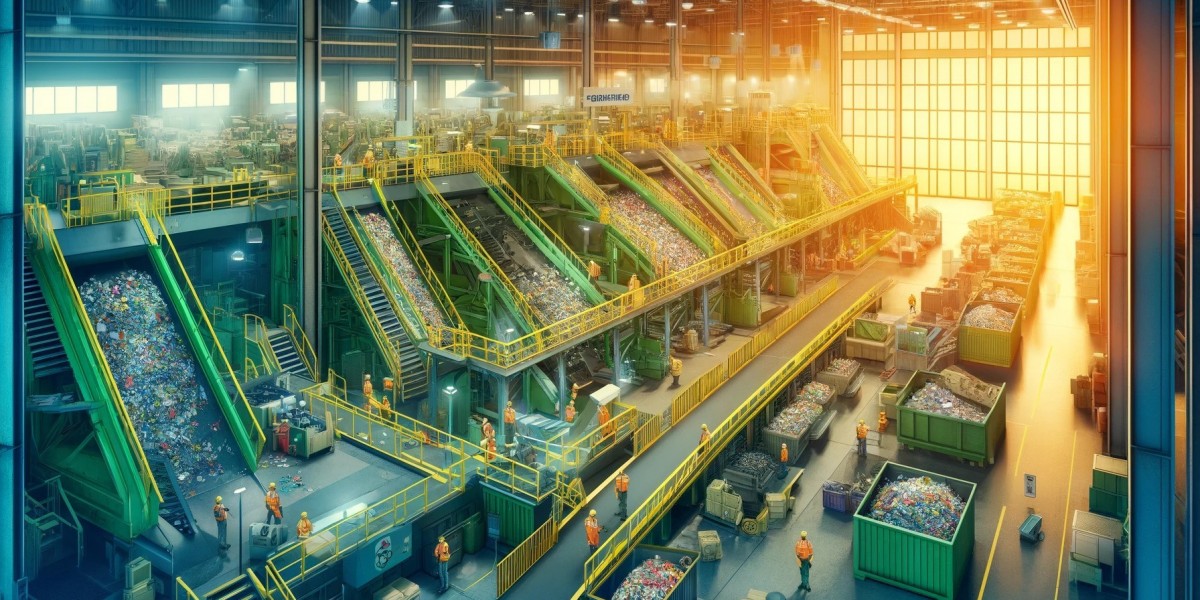Environmental Impact Reduction
One of the primary benefits of Materials Recovery Facilities is their significant reduction in environmental impact. By separating recyclable materials from general waste, MRFs ensure that less waste ends up in landfills. This not only conserves space in these landfills but also reduces the emission of methane, a potent greenhouse gas produced when organic waste decomposes anaerobically. Furthermore, the process of recycling materials at a MRF uses considerably less energy compared to producing new products from raw materials. This reduction in energy consumption leads to lower carbon emissions, which is crucial for combating climate change.
Recycling materials also means preserving natural resources. Every tonne of paper recycled, for example, saves 17 trees and over 4,000 kilowatts of electricity – enough energy to power an average Australian home for months. By extracting and reusing materials such as paper, plastics, metals, and glass, MRFs reduce the need to extract raw materials, protecting natural habitats and reducing the ecological footprint of human activities.
Economic Benefits
Materials Recovery Facilities are not only environmentally beneficial but also economically advantageous. By selling recovered materials, MRFs generate revenue that can offset the cost of waste collection and processing. This economic model supports local economies and can lead to lower waste management costs for the community. Additionally, MRFs create jobs in sorting and processing, as well as in the broader recycling industry, including transport, sales, and technical support.
The operation of a MRF requires a variety of skilled and unskilled labor, creating a diverse job market that can stimulate local employment. For example, a recycling centre in Perth employs a significant number of people in various roles from equipment operators to engineers and sales staff. This employment not only provides livelihoods but also boosts the local economy through the consumption of goods and services by these workers.
Innovation and Technology in Recycling
Advancements in technology have greatly enhanced the capabilities of Materials Recovery Facilities. Modern MRFs are equipped with advanced sorting technologies such as optical sorters, magnets, and air classifiers, which increase the efficiency and accuracy of the sorting process. These technologies allow MRFs to process large volumes of recyclables quickly and with less contamination, which increases the quality of the material recovered.
Innovation doesn’t stop at sorting technologies. Research and development efforts are continuously underway to find new methods to recycle materials previously considered non-recyclable. These innovations not only expand the capabilities of MRFs but also contribute to the circular economy, where waste materials are reintroduced into the production cycle.
Community and Educational Impact
Materials Recovery Facilities often serve as educational resources for communities, promoting environmental awareness and sustainability. Many MRFs offer tours and workshops for schools, community groups, and businesses, providing first-hand knowledge of the recycling process and its benefits. This educational role is critical as it fosters a culture of recycling and sustainability, particularly among younger generations.
Moreover, community involvement in recycling initiatives often leads to higher rates of recycling compliance. When people understand the tangible benefits of their efforts, they are more likely to participate actively in recycling programs. This increased participation not only improves the efficiency of the recycling process but also strengthens community bonds.
Challenges and Future Perspectives
Despite the numerous benefits, MRFs face challenges such as contamination of recyclable materials and fluctuations in the market for recyclables. Addressing these challenges requires continuous improvement in technology and community education. The future of Materials Recovery Facilities lies in their ability to adapt to changes in waste production and technology, ensuring that they continue to contribute positively to waste management and environmental sustainability.
In short, Materials Recovery Facilities are vital components of modern waste management strategies. They offer significant environmental, economic, and community benefits and are pivotal in our journey towards a more sustainable future. As technology and community engagement continue to evolve, the impact of MRFs is set to increase, playing a crucial role in achieving global sustainability goals.








